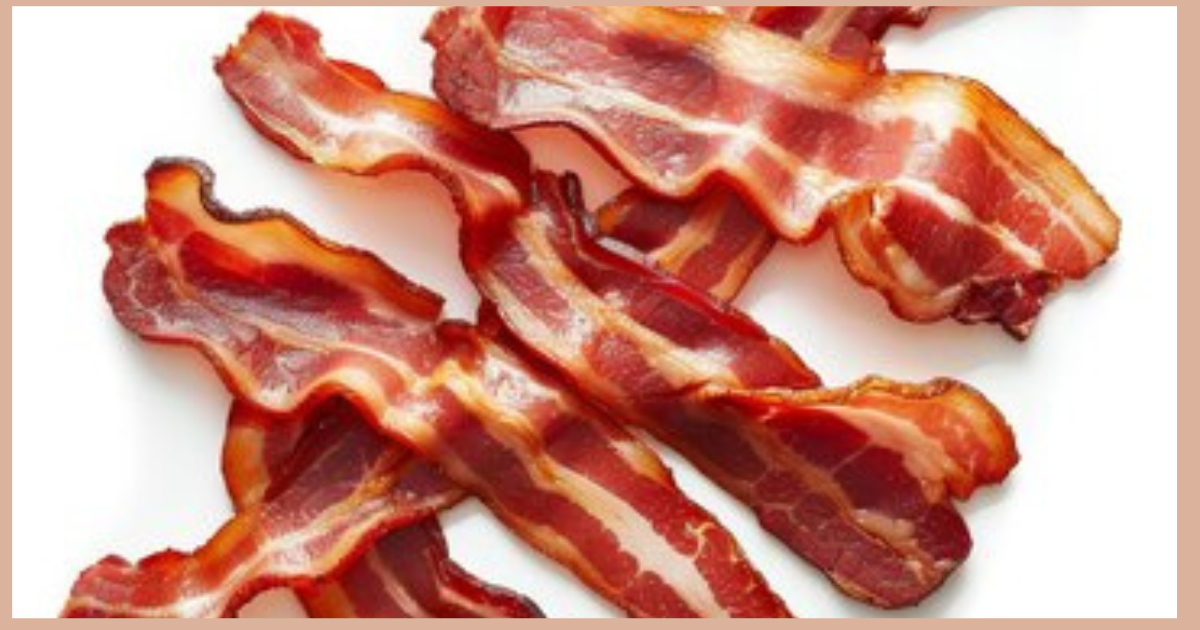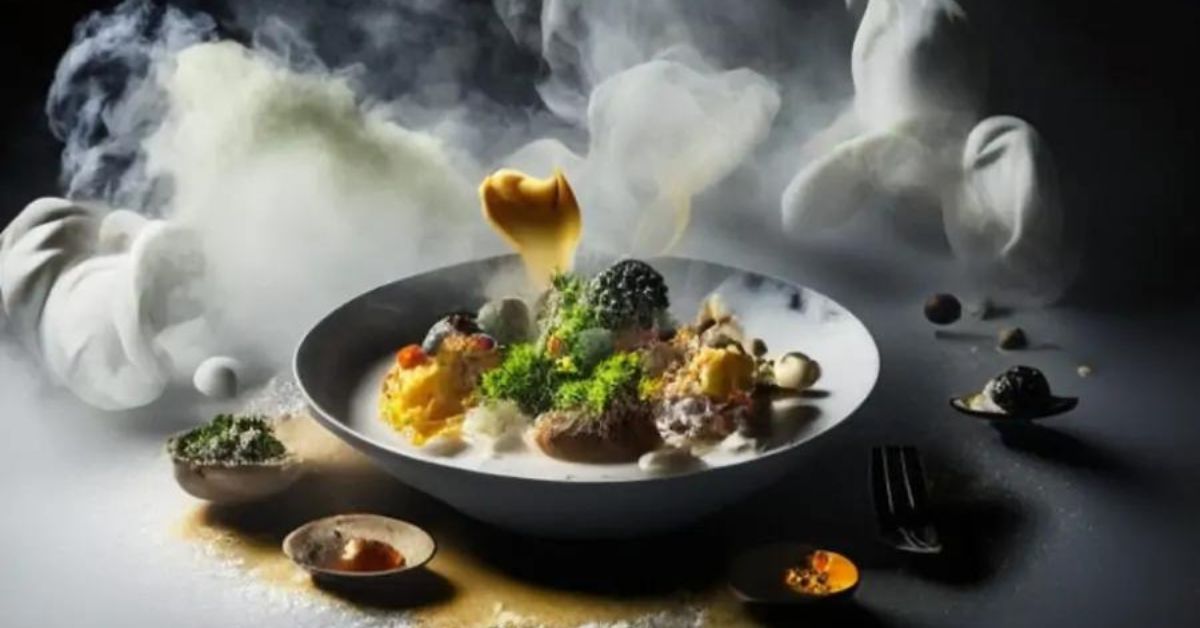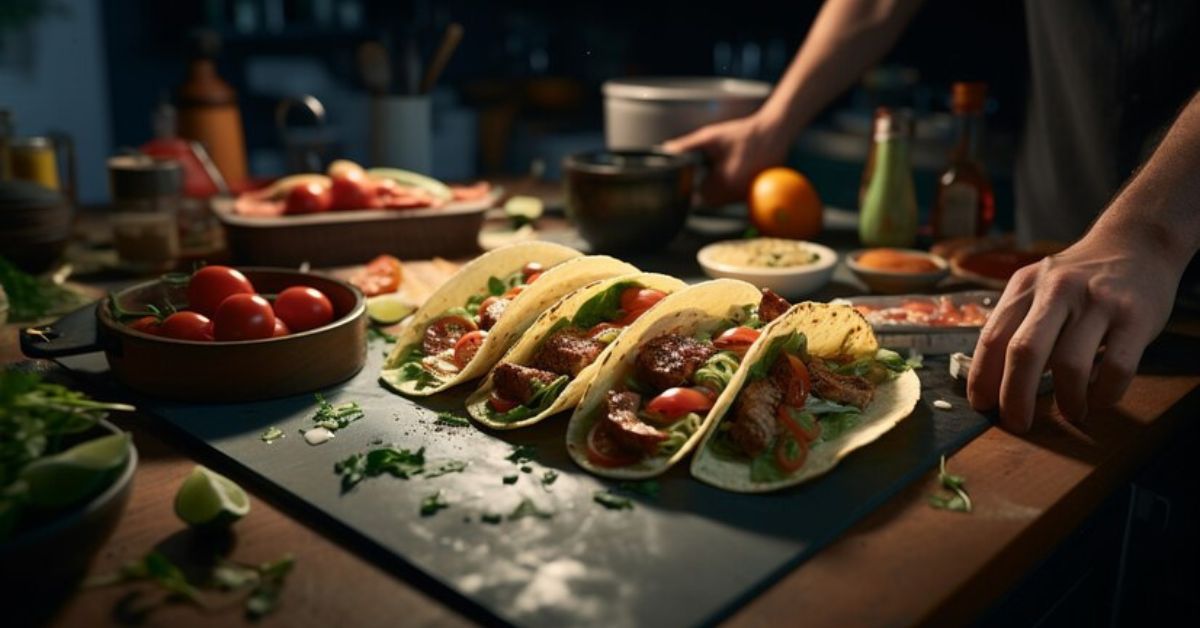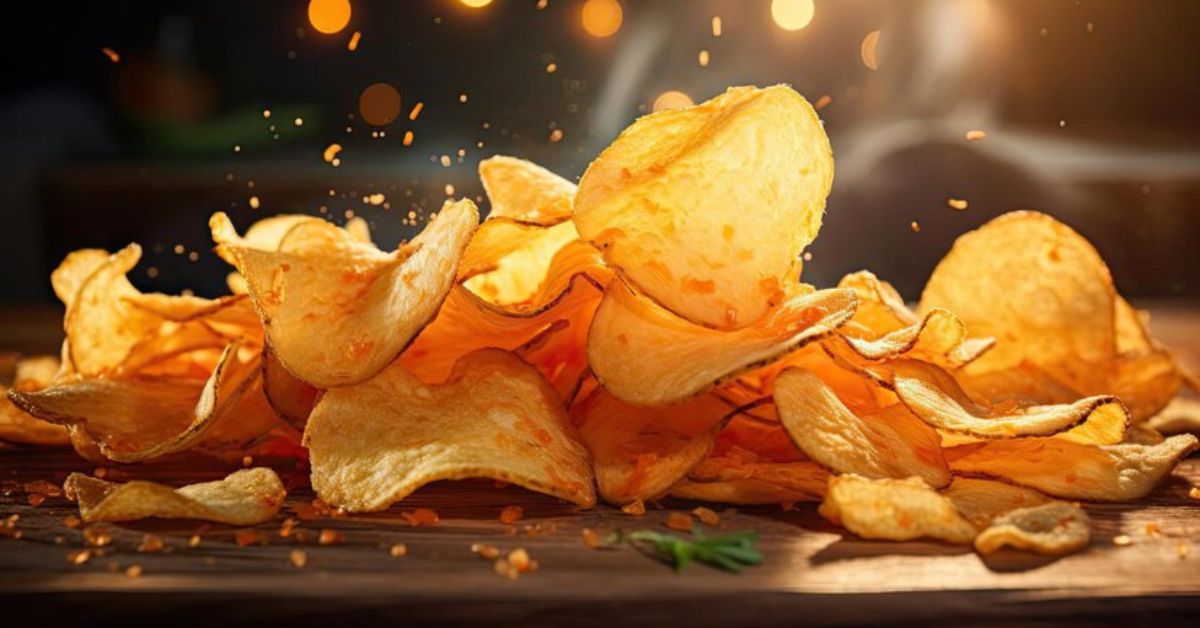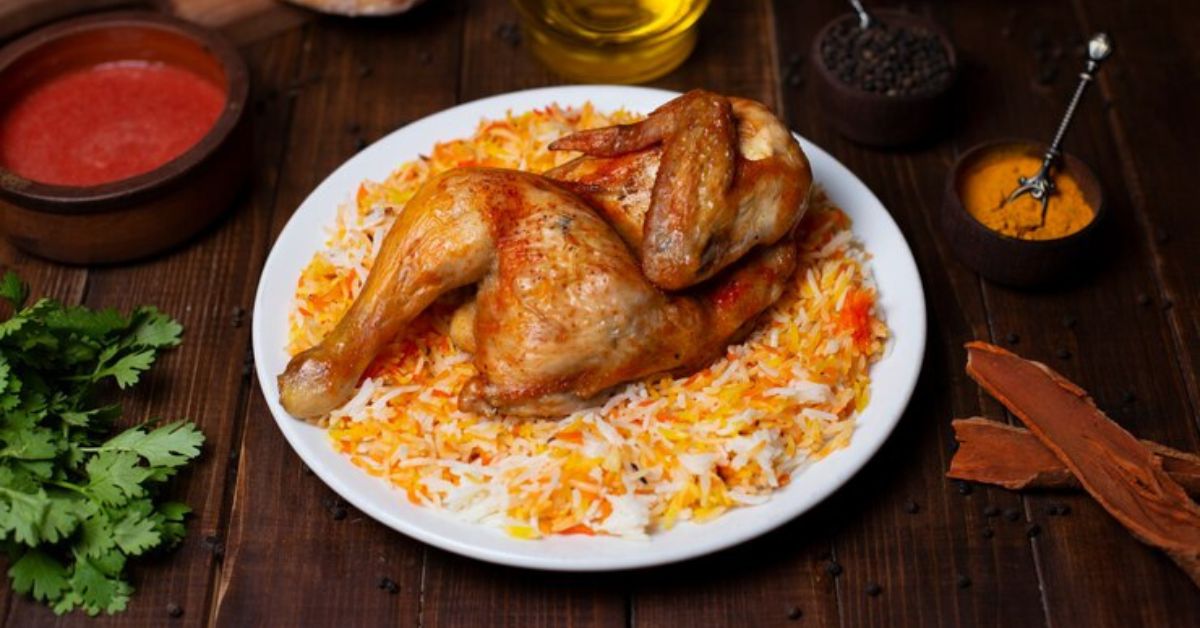Bacon is a beloved staple in many kitchens worldwide, and bacon streaks—those delicious layers of fat and meat—are what give it its iconic flavor and texture. Known for adding depth to various dishes, bacon streak are as versatile as they are flavorful. In this article, we’ll dive deep into the world of bacon streak, covering everything from their history and types to the best cooking tips to make the most of this tasty ingredient.
What are Bacon Streaks?
Bacon streak are the alternating layers of fat and lean meat found in bacon, giving it that satisfying combination of flavors and texture. These streaks are not only visually appealing but are also responsible for the unique taste and mouthfeel of bacon. Originating from pork belly, bacon streak vary in thickness and proportion, often defining the quality and richness of each cut.
The History of Bacon Streaks
Bacon has a long, storied history that dates back thousands of years. Ancient civilizations, such as the Chinese and Romans, were known to salt and preserve pork, which eventually evolved into the bacon we know today. The term “bacon” itself comes from Middle English and Old French roots, which meant “back” or “side of pork.” The streaks in bacon began to be specifically appreciated as they contributed to the flavor and shelf life of the meat. The natural fat and salt combination in bacon streak not only adds flavor but also serves as a preservative, allowing bacon to be stored longer than most fresh meats.
Different Types of Bacon and Their Streaks
Not all bacon is created equal, and each type has different qualities and uses in the kitchen. Here are a few popular types:
Streaky Bacon: Known for its high-fat content, streaky bacon has the iconic stripes of fat and meat. It’s commonly used in sandwiches, salads, and breakfast plates.
Back Bacon: Leaner than streaky bacon, back bacon has more meat and less fat. It’s often found in British breakfasts and is a popular choice for those looking for a leaner option.
Slab Bacon: This type is unsliced, and cooks can cut it into the thickness they desire. It provides a hearty, meaty texture with rich fat streaks.
Canadian Bacon: Less fatty and leaner overall, Canadian bacon comes from the back loin rather than the belly, so it has fewer streaks but still offers a satisfying taste.
The Importance of Bacon Streaks in Cooking
Bacon streak play a critical role in the cooking process. The fat renders out during cooking, helping to infuse flavor into the dish. This rendered fat also keeps other ingredients moist, particularly when cooking lean cuts of meat, vegetables, or eggs. The unique fat-meat ratio in bacon streak gives dishes a rich, smoky flavor that’s hard to replicate with other ingredients.
How to Choose Quality Bacon with Good Streaks
Selecting quality bacon can be challenging. Here are some tips for choosing the best bacon streaks:
Check the Meat-to-Fat Ratio: The ideal slice should have a balanced distribution of fat and meat. Too much fat might make it greasy, while too little will lack flavor.
Look for Firmness: High-quality bacon feels firm when touched. A flabby or overly soft texture can indicate lower-quality meat.
Smell and Freshness: Fresh bacon should smell slightly smoky but not sour or overly salty. Be wary of bacon with a strong, off-putting odor.
Consider Curing and Smoke Flavor: Some prefer a strong smoke flavor, while others enjoy mild smoke. The curing process also affects taste; choose based on your flavor preference.
The Best Ways to Cook Bacon Streaks
Cooking bacon properly is essential to bring out the best in the bacon streak. Here’s a breakdown of popular methods:
Pan-Frying: This is the traditional way of cooking bacon, allowing you to control the crispiness. It’s best for those who love a crunchy texture. Use medium heat to cook slowly, so the fat renders without burning.
Oven-Baking: This method produces evenly cooked bacon without needing to flip the pieces. Lay the bacon on a lined baking sheet, and bake at 400°F (200°C) for 15-20 minutes, depending on desired crispiness.
Microwave Cooking: For a quick option, bacon can be cooked in the microwave, though it won’t be as crispy as other methods. Place bacon on a paper towel and microwave on high for 4-5 minutes.
Grilling: Grilling adds a smoky flavor and caramelizes the fat, giving bacon an intense flavor. Use indirect heat to avoid flare-ups, and cook until golden brown.
Flavor Pairings with Bacon Streaks
Bacon streak are incredibly versatile and can be paired with a range of flavors to elevate your dish. Here are some top pairings:
Sweet Foods: The saltiness of bacon pairs excellently with sweet items like maple syrup, honey, or fruits such as apples and figs.
Savory Vegetables: Bacon complements vegetables like Brussels sprouts, green beans, and potatoes, adding a savory note to each bite.
Cheese: Whether in a sandwich or a salad, the combination of cheese and bacon is a classic. Try cheddar, blue cheese, or mozzarella for different flavor profiles.
Eggs: Bacon and eggs are a breakfast staple. The creamy texture of eggs balances the crunchiness and saltiness of bacon streaks.
Health Considerations with Bacon Streaks
While delicious, bacon should be consumed in moderation due to its high-fat content. Eating too much processed meat can increase the risk of certain health issues. Opting for high-quality, minimally processed bacon and moderating portions can allow you to enjoy bacon streak without the guilt.
Tips for Storing Bacon Properly
Storing bacon correctly can help maintain its freshness and prevent spoilage. Here are some tips:
Refrigerate Immediately: Bacon should always be refrigerated and kept in an airtight container once opened.
Freeze for Long-Term Storage: If you don’t plan to use it soon, bacon can be frozen. Wrap it tightly in plastic wrap, then store it in a freezer bag for up to six months.
Keep an Eye on Expiry Dates: Bacon should be used before its expiration date. Pay close attention to any changes in color or smell, as these can indicate spoilage.
The Rise of Plant-Based Bacon Streaks
With the rise of plant-based diets, companies have developed plant-based alternatives that mimic the flavor and texture of bacon streaks. Ingredients like mushrooms, tempeh, and coconut are commonly used. These alternatives can be a good option for those looking to reduce their meat intake while still enjoying the essence of bacon.
The Cultural Significance of Bacon Streaks
Bacon has become more than just a food item; it’s a cultural icon. From bacon festivals to social media trends, bacon streaks represent indulgence and culinary creativity. Bacon-wrapped items, bacon-flavored snacks, and even bacon-themed merchandise highlight the impact of bacon on popular culture.
Conclusion
Bacon streaks are a unique and beloved component of bacon, offering a rich balance of fat and meat that makes any dish more flavorful. From learning how to select quality cuts to mastering different cooking methods, there’s no shortage of ways to make the most of bacon streak in your culinary adventures. Enjoy bacon in moderation, experiment with different recipes, and you’ll discover why this flavorful ingredient has such a devoted following.
FAQs
What are bacon streaks?
Bacon streaks are the alternating layers of fat and meat found in bacon, responsible for its flavor and texture.
Which type of bacon has the most streaks?
Streaky bacon typically has the highest amount of fat streaks, offering a rich and flavorful taste.
Can I freeze bacon for long-term storage?
Yes, bacon can be frozen for up to six months. Wrap it tightly and store it in a freezer-safe bag.
Are plant-based bacon streaks a healthy alternative?
Plant-based bacon is generally lower in fat and may contain fewer preservatives, making it a healthier choice for some.
What is the best way to cook bacon for even crispiness?
Baking bacon in the oven at 400°F provides consistent heat, resulting in even cooking and a crispy texture.








